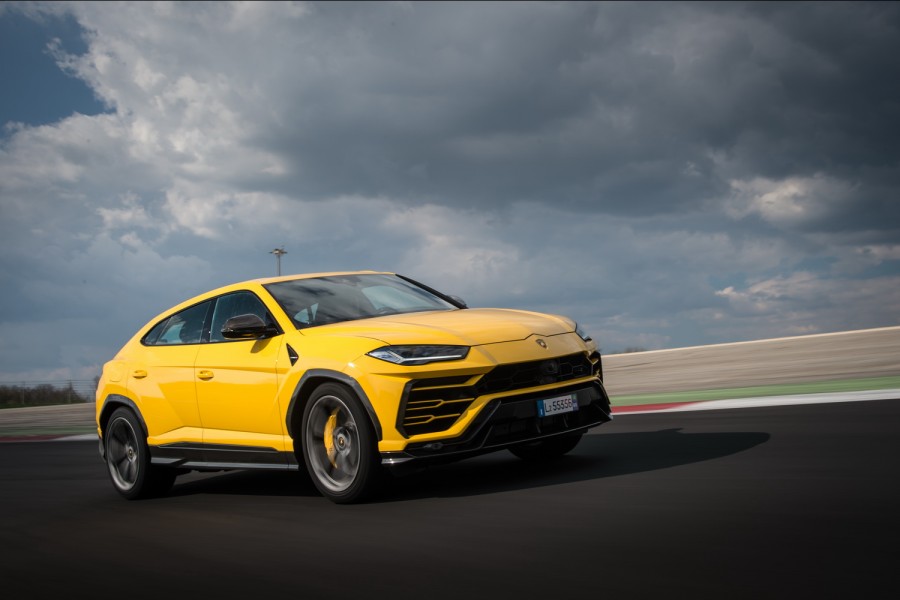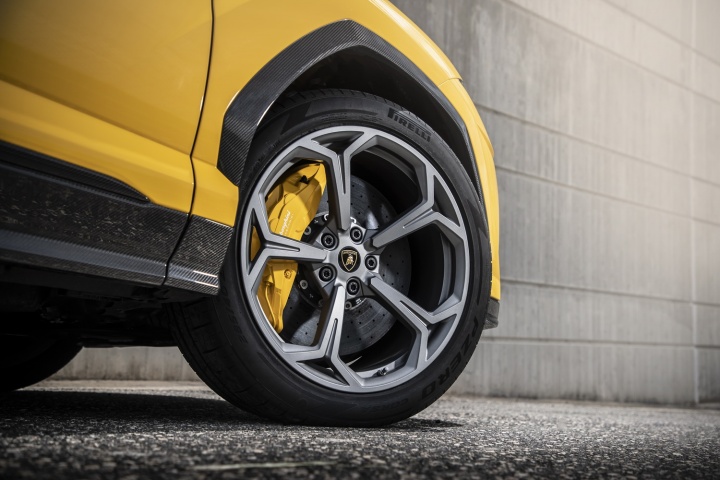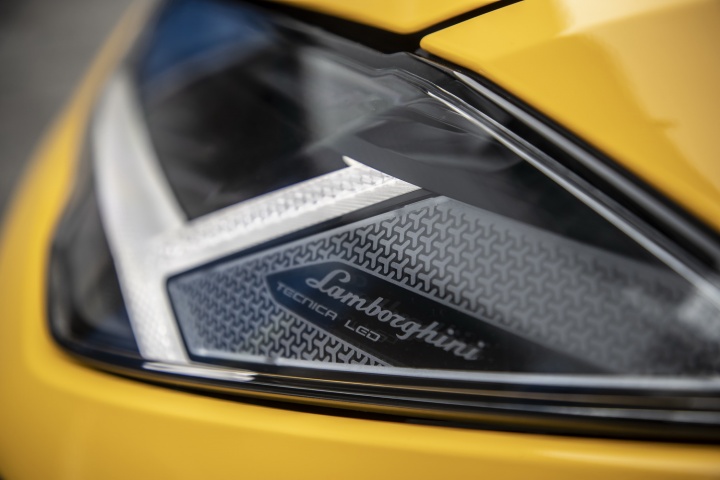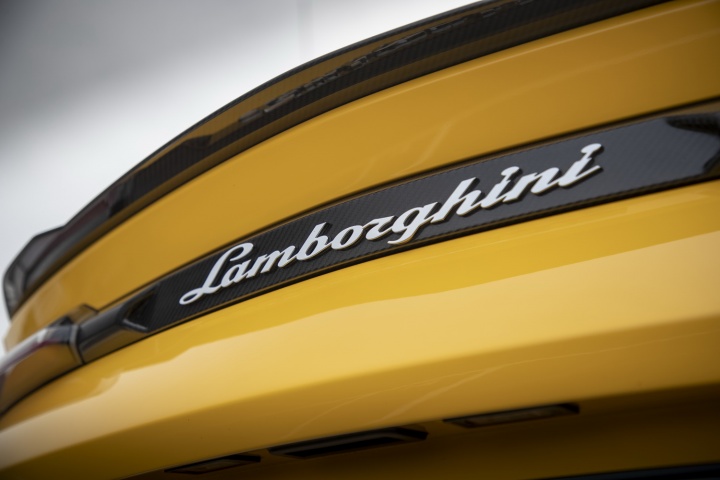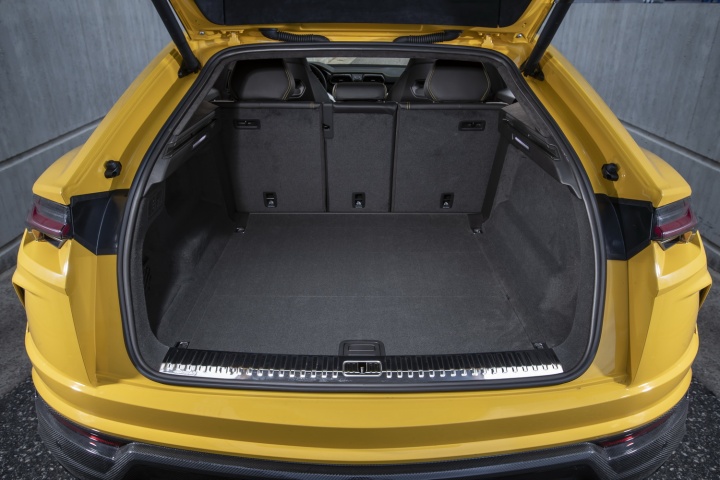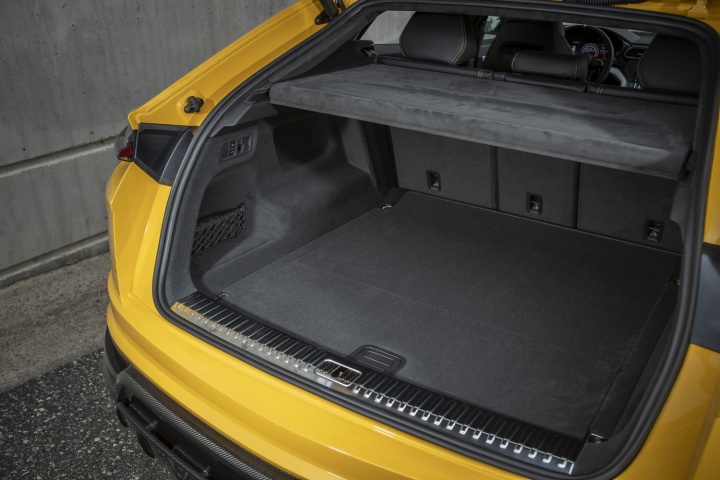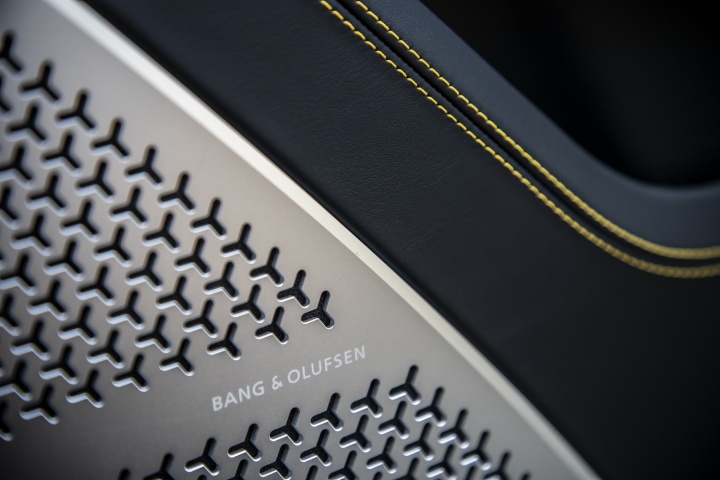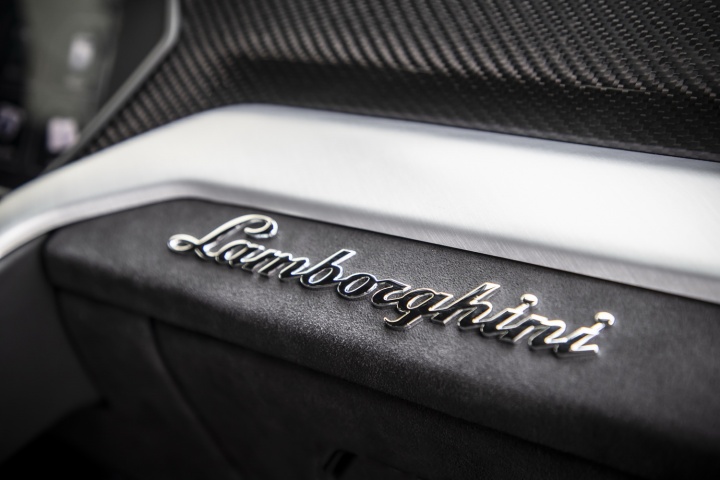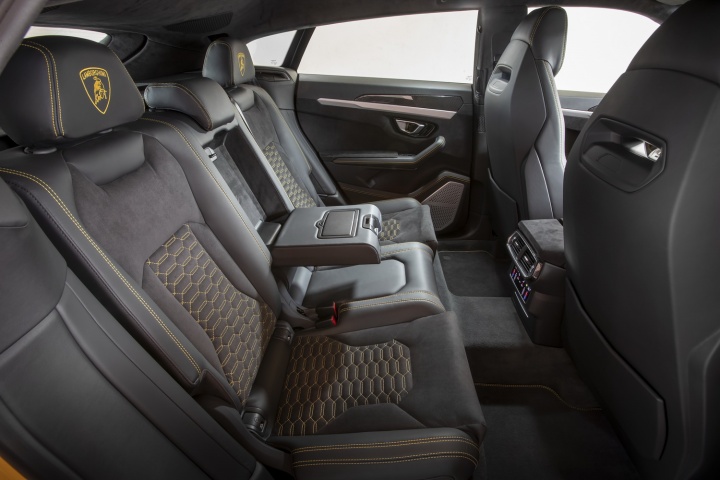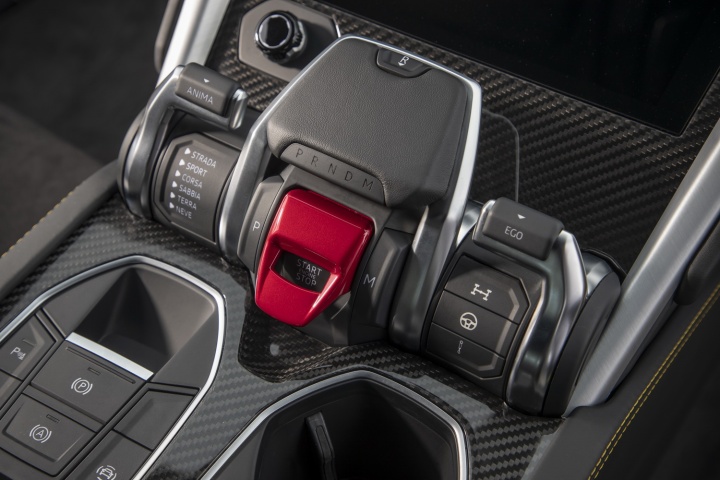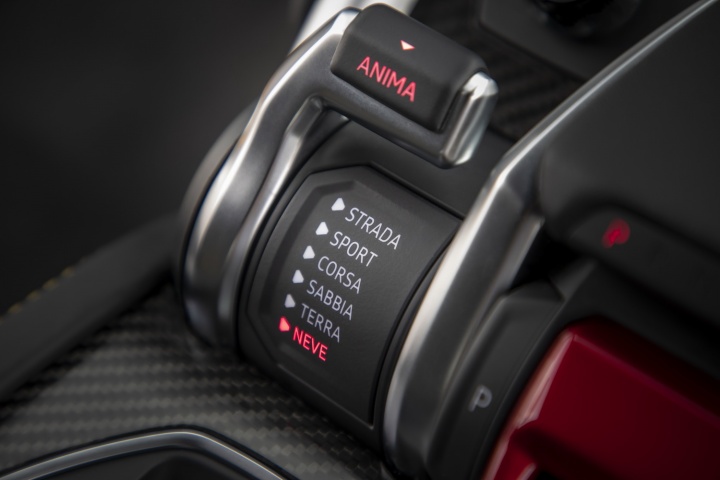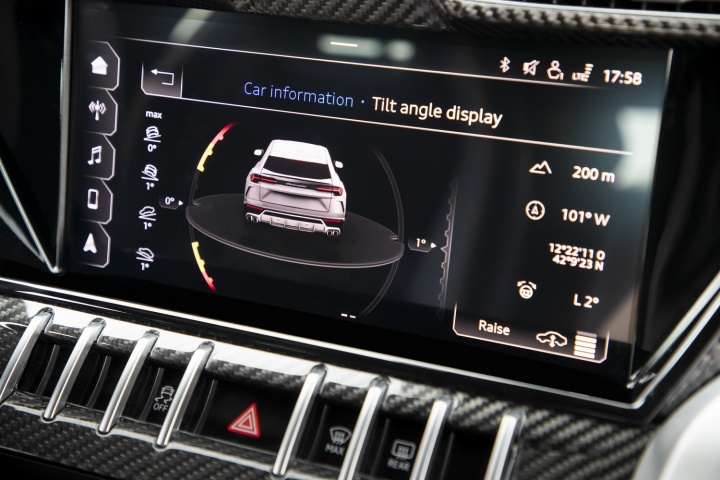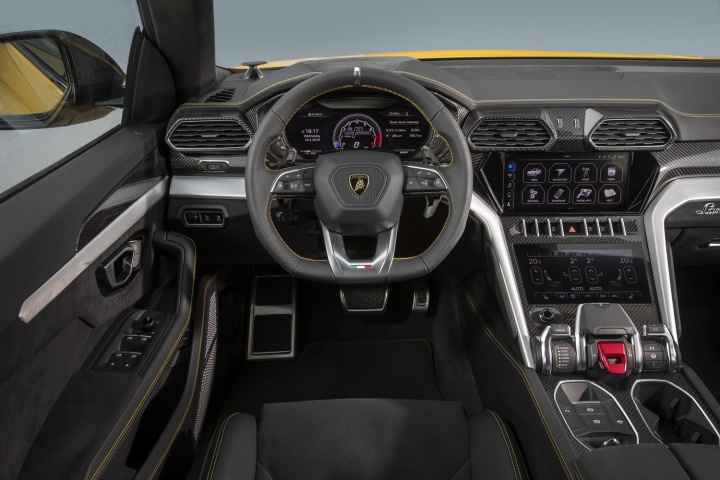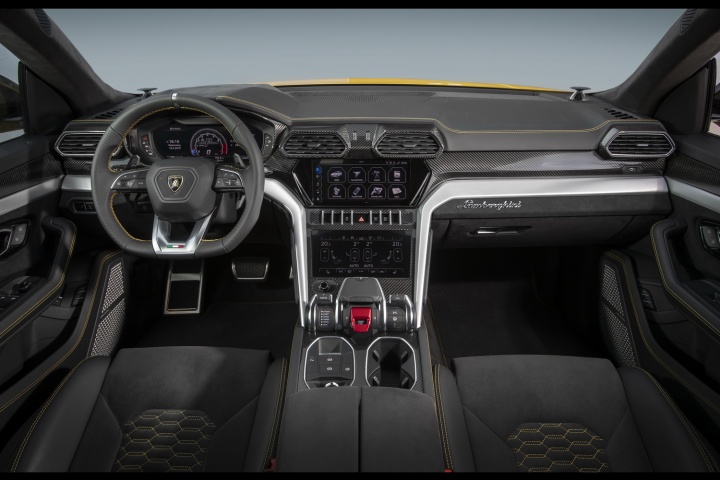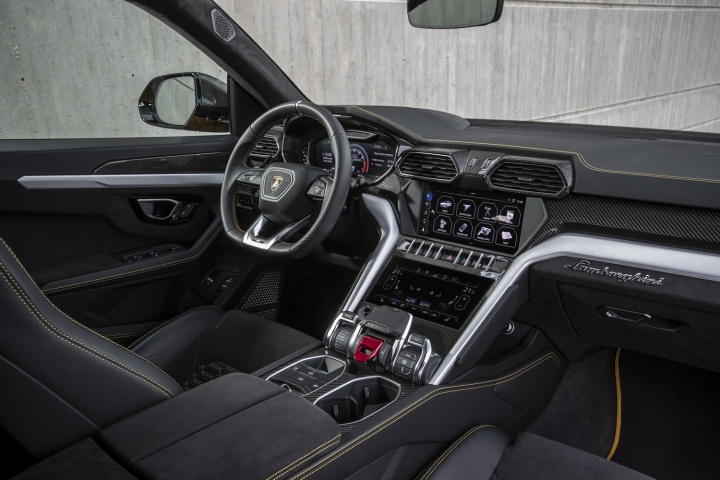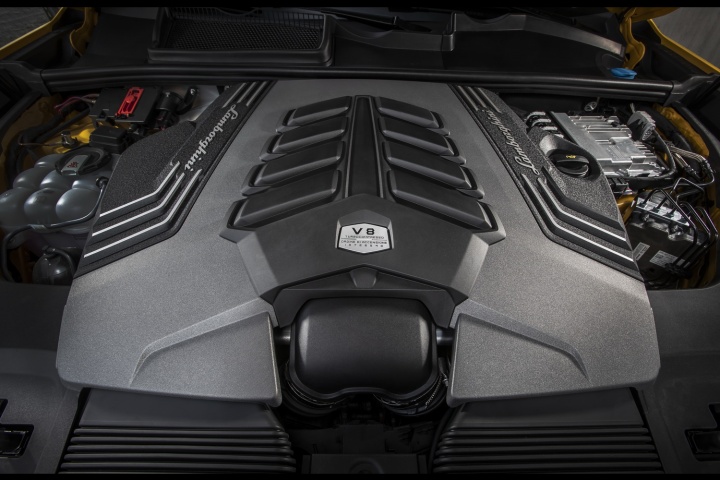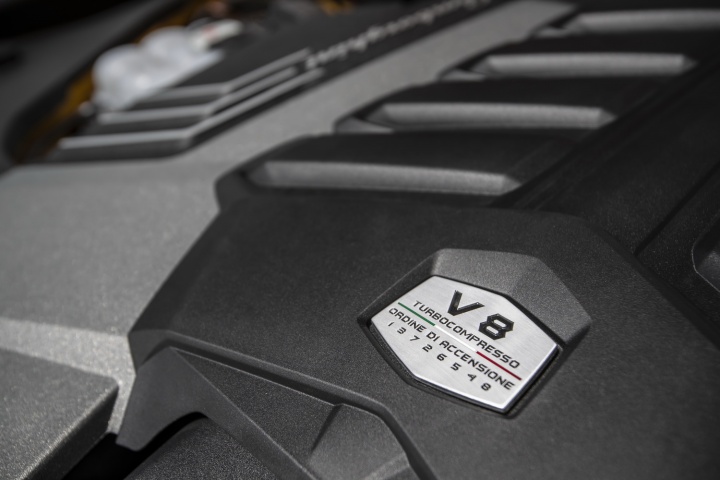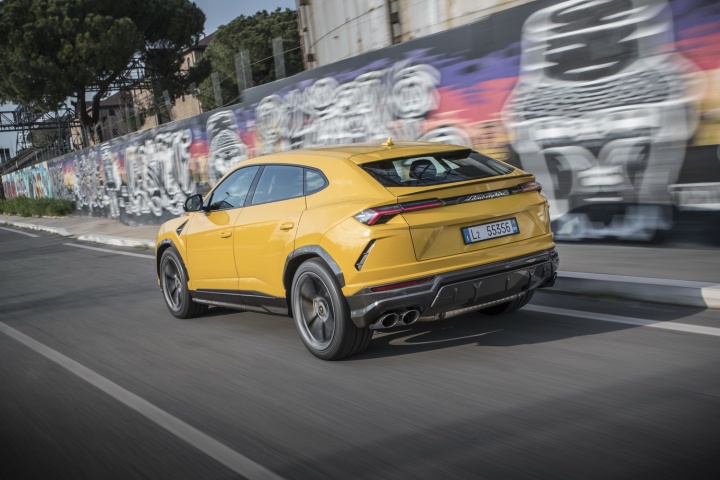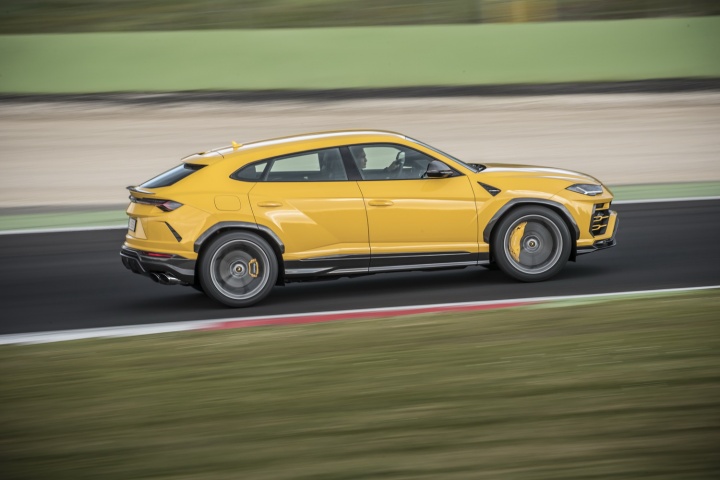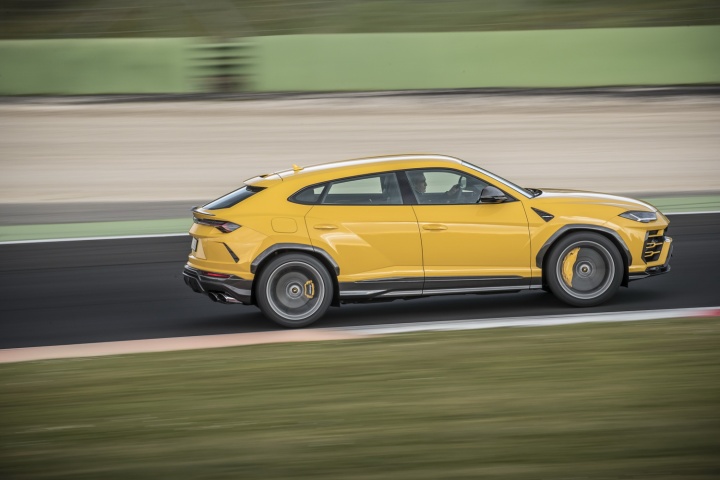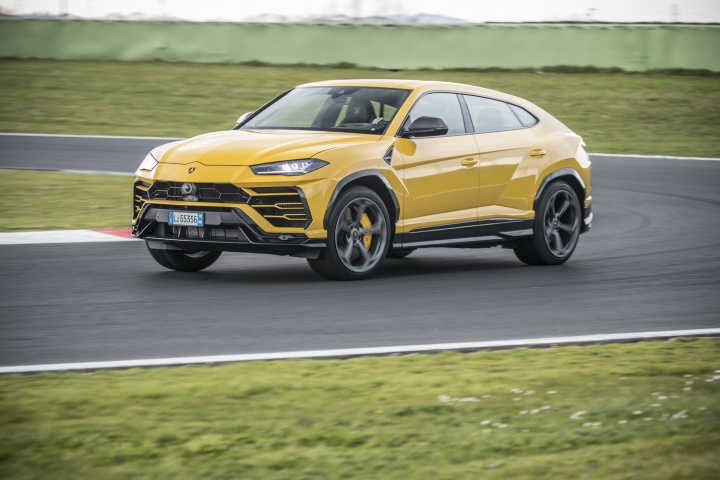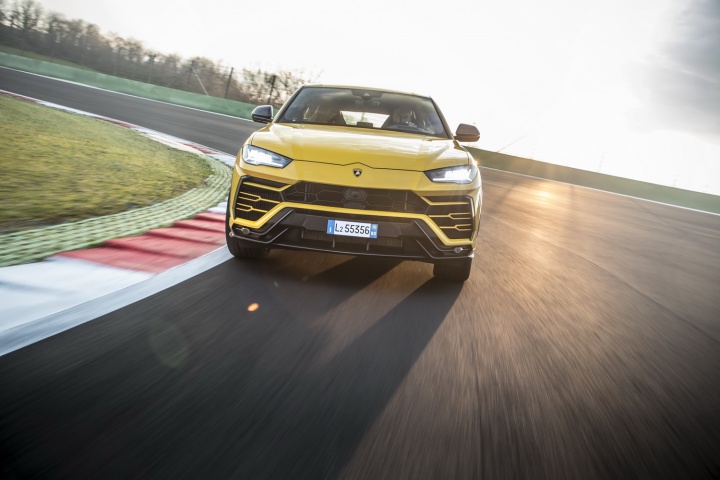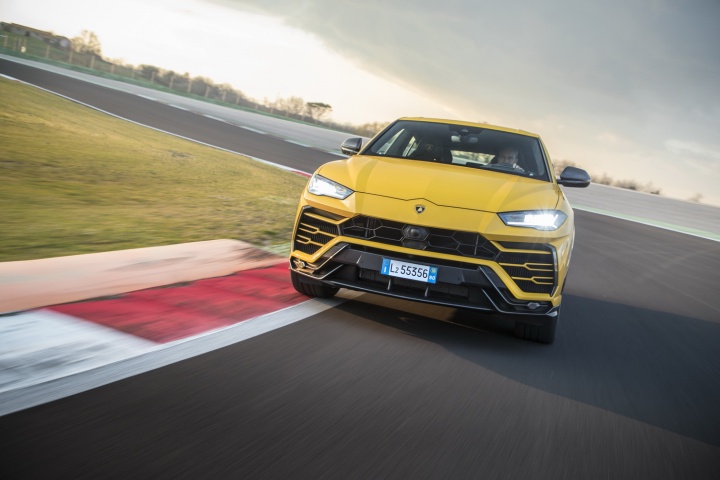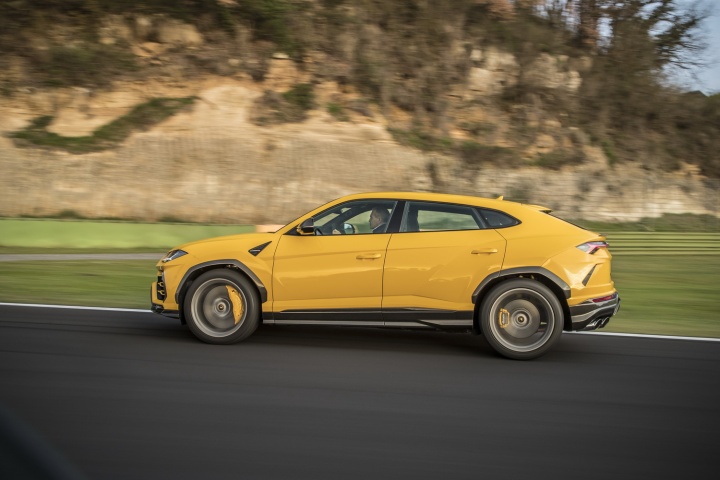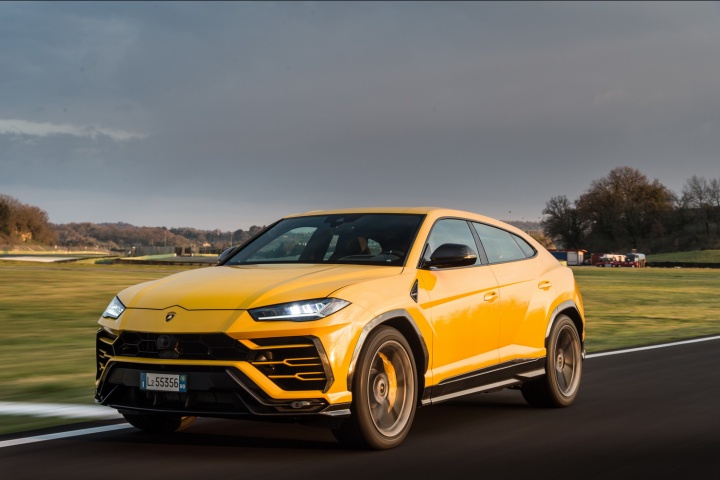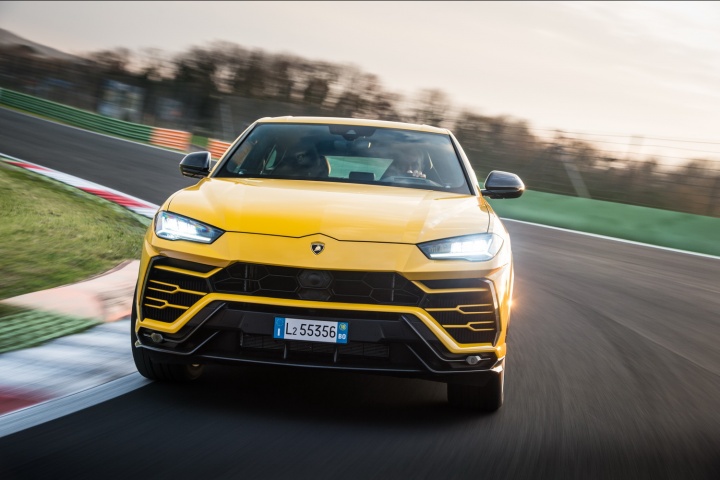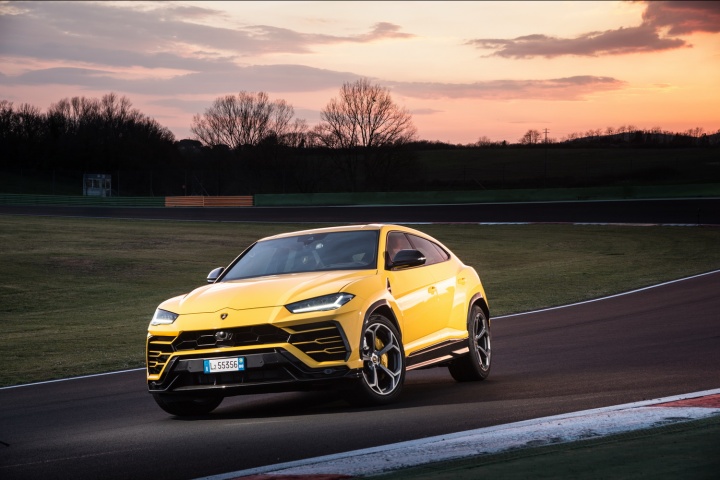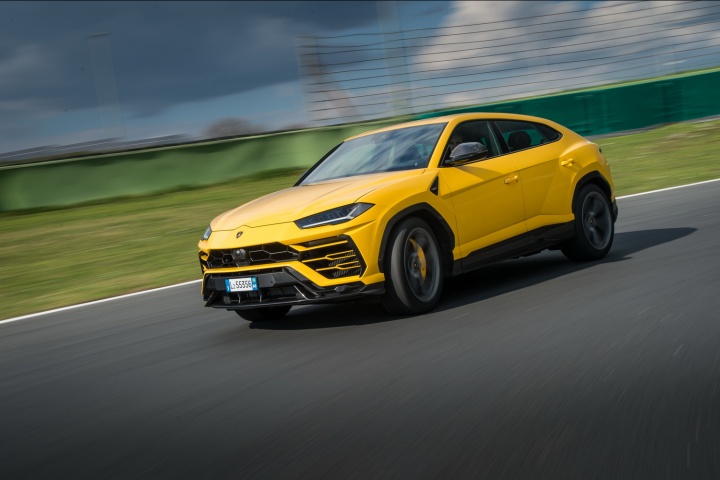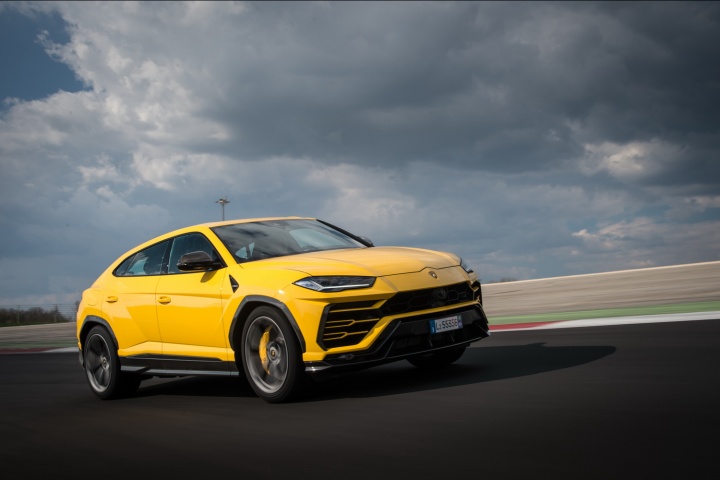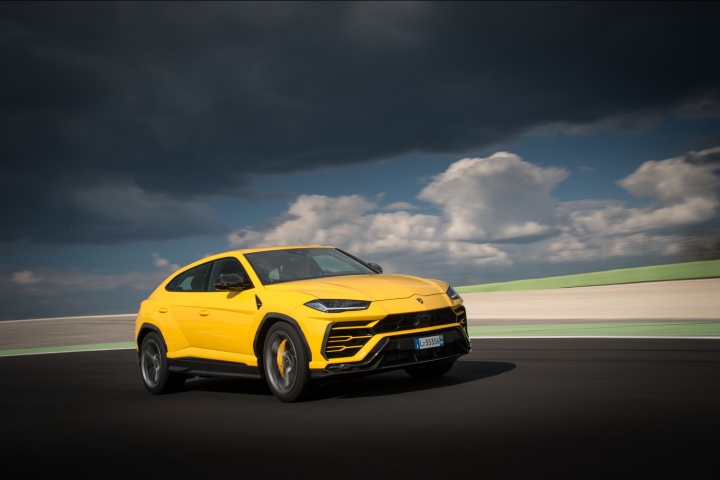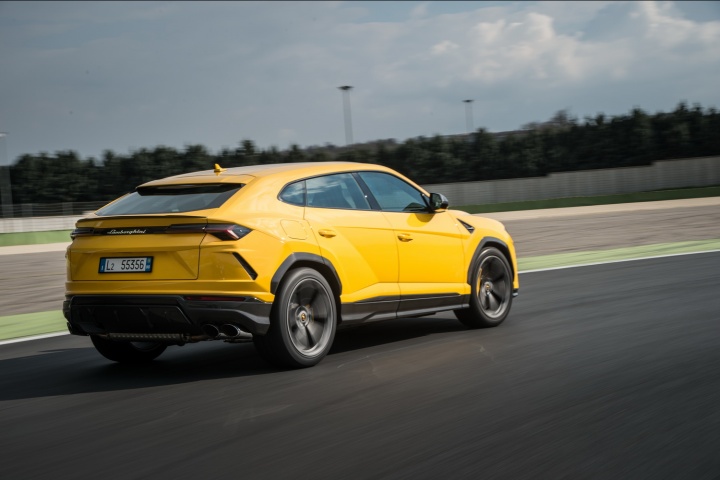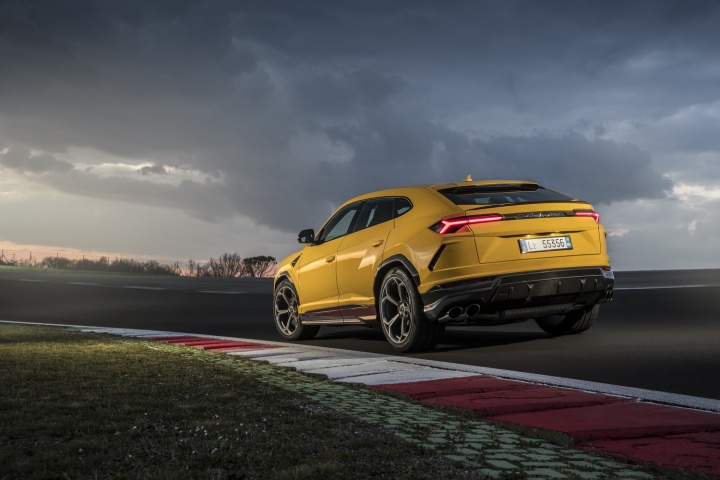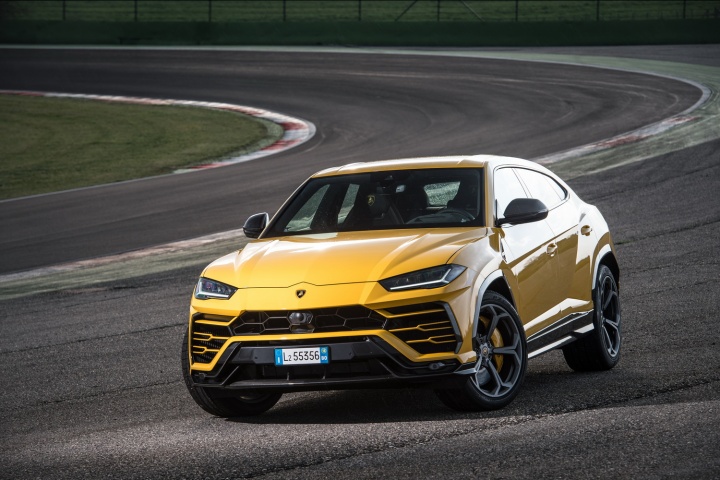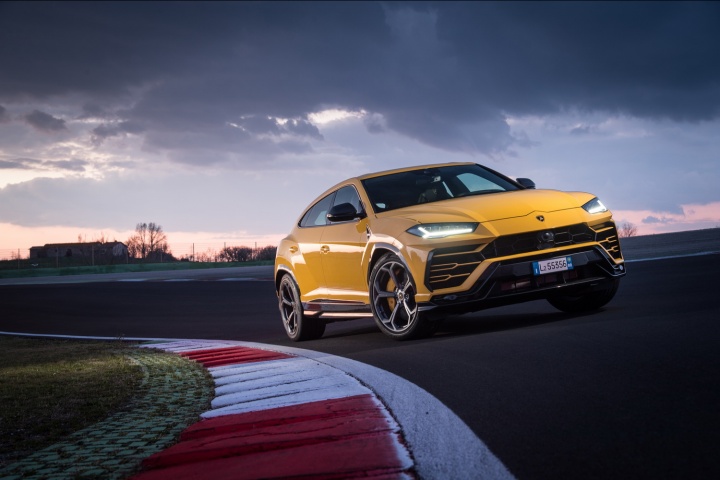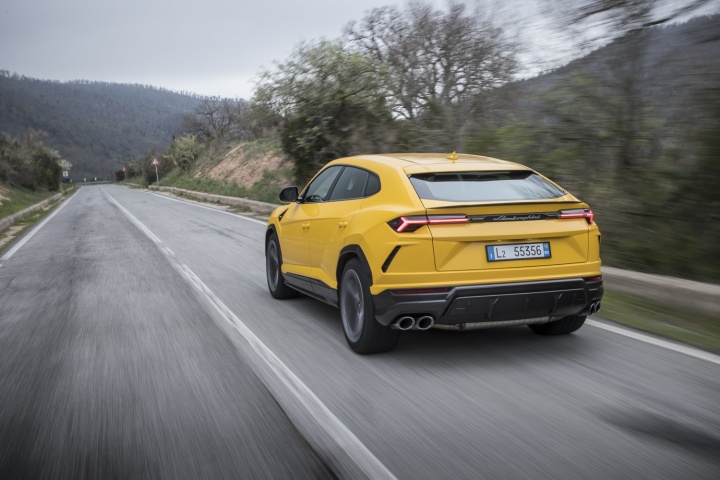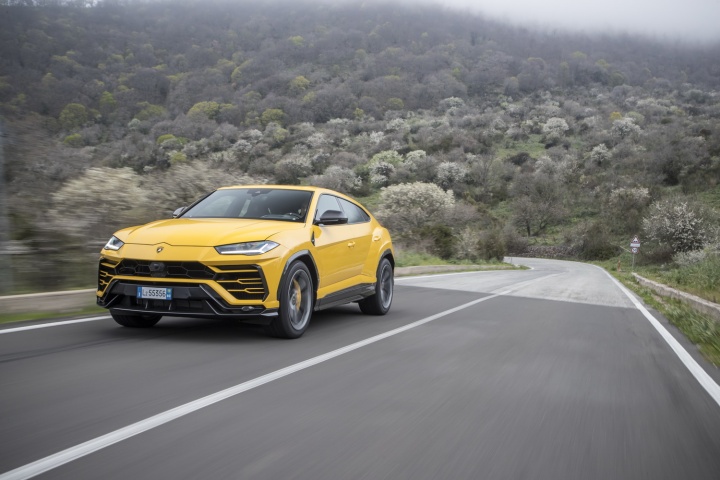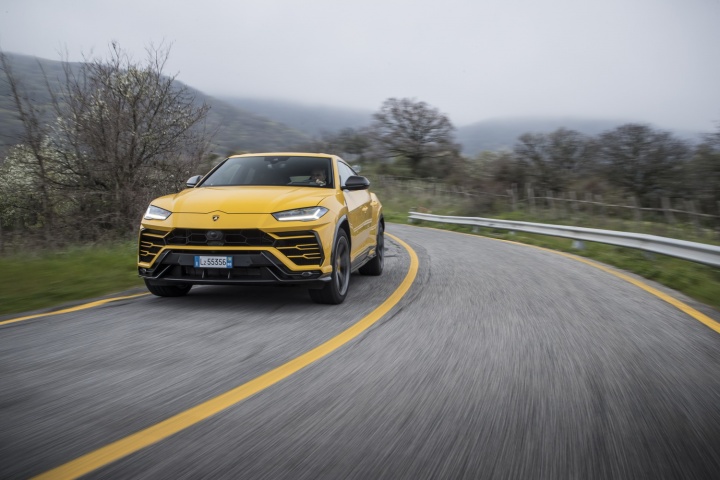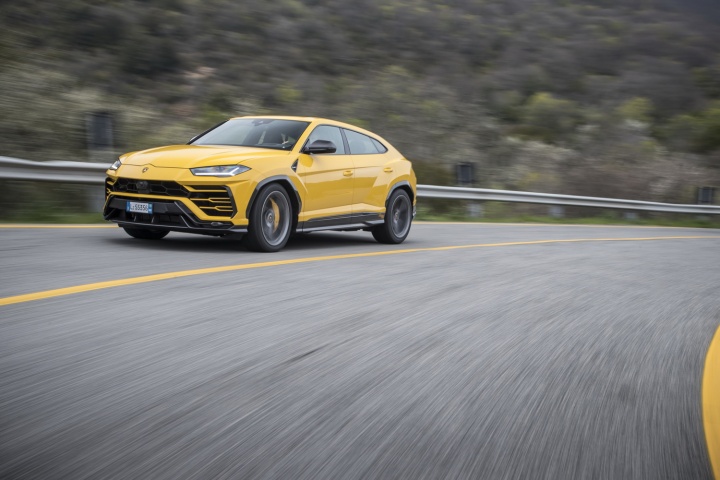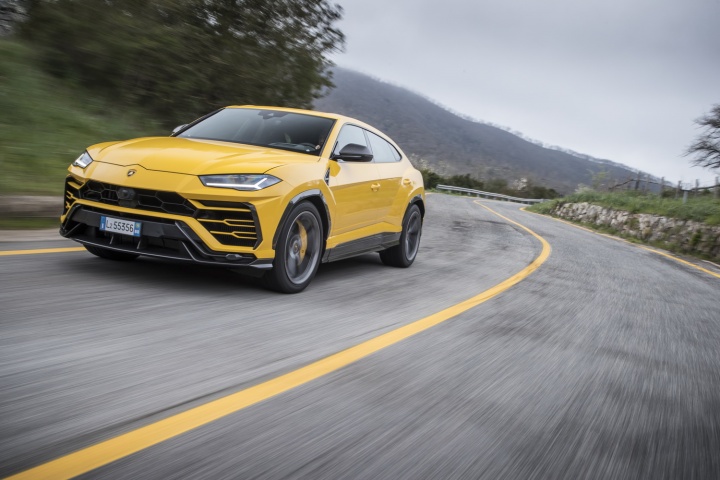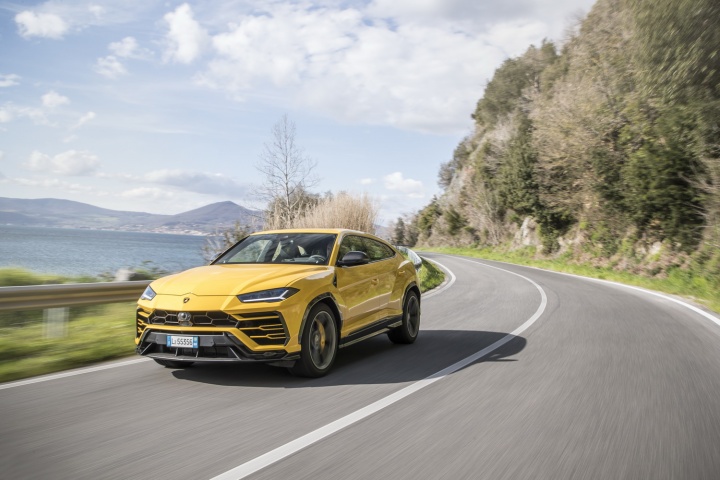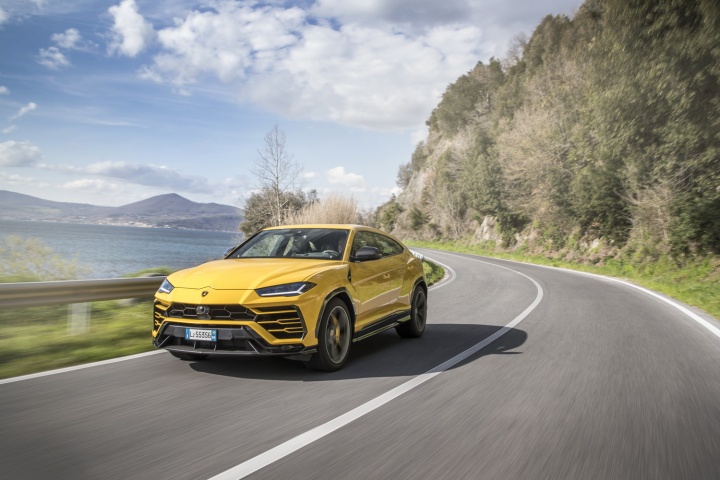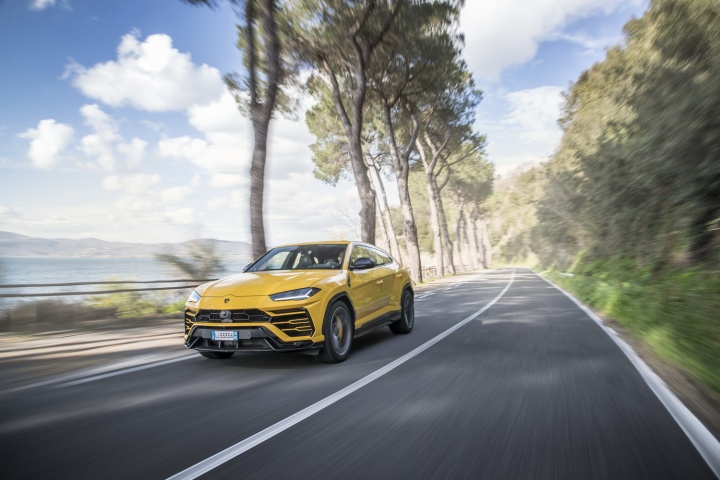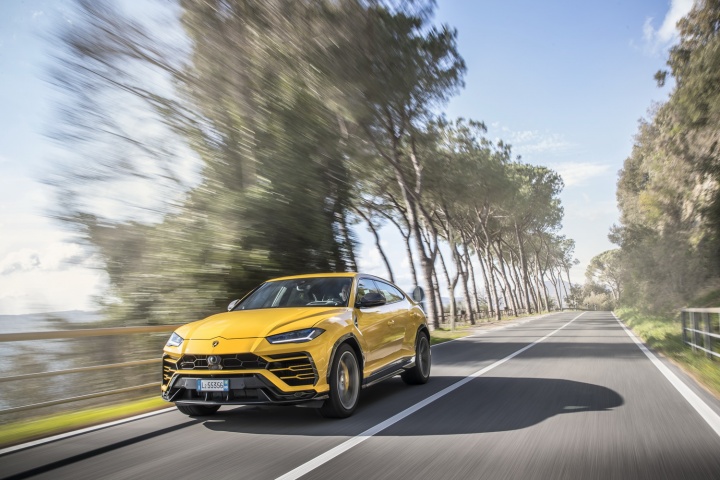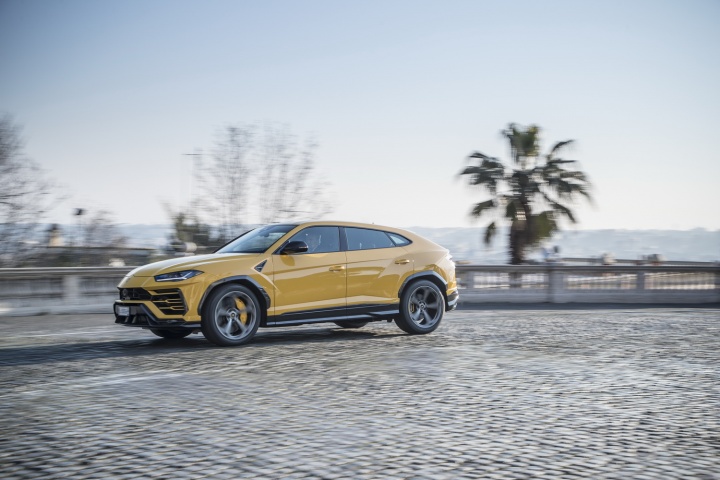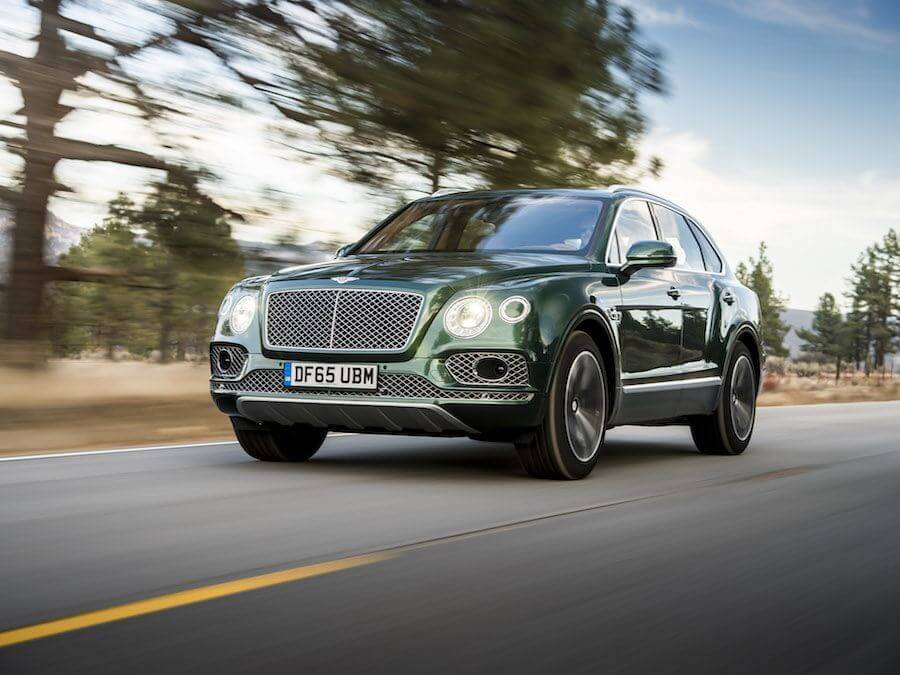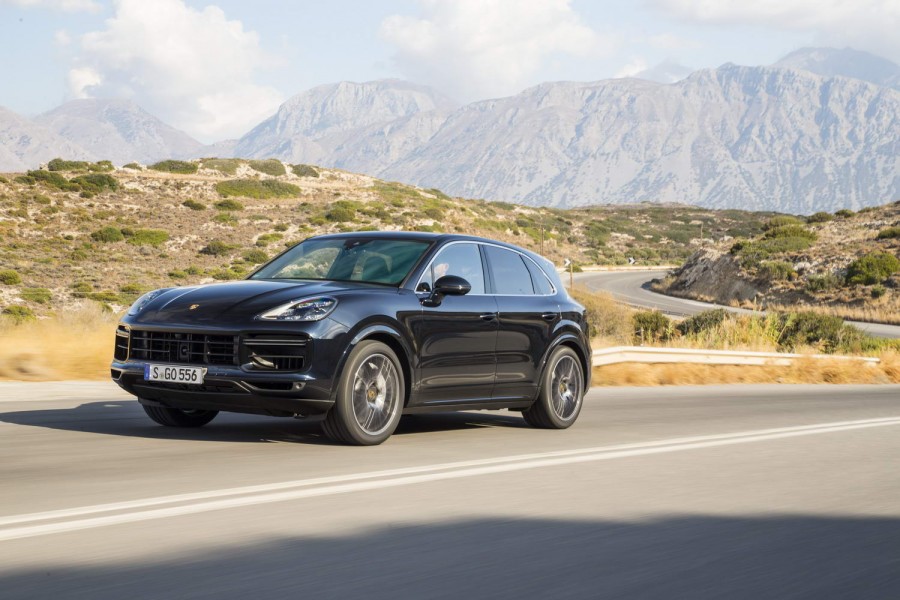SUVs are doing good business in Ireland right now, even relatively expensive luxury models. We've driven one of the latest and suspect that the new Lamborghini Urus 'Super SUV' might be a little too excessive for Irish buyers to import. Does it do justice to the Lamborghini brand?
In the metal
Not that it will matter to the well-heeled kind of buyer that can afford cars such as the Lamborghini Urus, but without doubt it'll attract as many haters as it will lovers. And in its brighter hues it is, of course, a smartphone magnet. Job done for anything with a Lamborghini badge, then, right? Most traditional petrolheads are likely to be quite cynical about the style of the Urus and, in fairness, there's a lot to be cynical about. It marries the edgy Lamborghini design language we all know from the company's sports cars with a much higher body. Some aspects work well, though some of the detailing leaves a lot to be desired - what is going on with the door handles?! It's possible to fit wheels of up to 23 inches in diameter from the factory too, which helps with the appearance no end, if not the ride comfort.
Inside, the Urus clearly takes the screen-heavy electronic architecture of the high-end Volkswagen Group products, such as the Audi A8 and Volkswagen Touareg, as its basis, meaning two large touchscreens in the centre and a big digital screen in place of traditional instruments. However, this set-up is embedded in a design that could only come from Lamborghini, with a hexagonal theme, lots of bright colour options and chunky over-sized controls in places. That's especially true of the 'Tamburo' driving modes selector in the centre, flanking the comically space-age gear selector and engine start button. The flat-bottomed steering wheel is a little unnecessary, too. Nonetheless, for all the expected Lamborghini excess inside, the Urus is a spacious and practical car. Buyers can choose to have two or three seats in the back and there's genuinely room back there for adults to get comfortable. What's more, the boot is huge.
Driving it
The fact that the Urus is the first-ever turbocharged Lamborghini seems to have been lost in all the focus on the SUV body style. Under that sharp bonnet is a 650hp variant of the Volkswagen Group's familiar twin-turbocharged 4.0-litre V8 petrol engine, also sending some 850Nm of torque, via an eight-speed automatic gearbox, to all four wheels. That helps explain the ridiculously fast 0-100km/h time, despite weighing about 2,200kg. There's a Torsen centre differential to divide drive up front to rear, with the default split sending 60 per cent of the engine output to the back axle. That can rise to 87 per cent depending on conditions and driving mode, while up to 70 per cent can be sent to the nose to aid traction when needs be. Additionally, to give the Urus a sportier feel out of corners, it uses torque vectoring at the rear, and it has rear-wheel steering, too, which helps with agility at lower speeds and stability elsewhere.
All this means it's more composed, faster and more fun in the corners than any SUV of this size has a right to be. In the more focused driving modes (Sport and Corsa), the exhaust bellows loudly and the Urus certainly lives up to its Lamborghini billing, catapulting its occupants down the road fast enough to cause nosebleeds and thumping you in the back with every gearchange. And yet, dial it back to the Strada setting (the Italian for 'road' sounds sexier, right?) and the Urus is a quiet, civilised and comfortable companion for long journeys (resist the temptation of the 23-inch rims if your Urus is to be used on the motorway a lot). Ludicrously, it's even pretty decent off the beaten track, thanks in part to specific Terra and Neve (off-road and snow) driving modes. Try all that in your Aventador...
What you get for your money
It doesn't seem right to evaluate a high-performance 'super-SUV' that costs at least €300,000 imported in terms of value, does it? That's a huge amount of money by any measure, but the flip side of that argument is that there aren't many proper rivals for the Urus. Ferrari will eventually do something similar, the Rolls-Royce Cullinan isn't really the same sort of thing at all and Aston Martin's DBX is a couple of years away. So why the three stars? Well, looked at in the cold light of day, you could argue that the far cheaper Porsche Cayenne Turbo does pretty much everything the Urus does...
Summary
You can thank the Chinese market and that of North America for the proliferation of the SUV genre. Demand for high-end models seems to be insatiable so, even if you dislike the idea of a tall, heavy vehicle wearing the iconic Lamborghini crest, it's worth remembering that the Italian company is reacting to customer demand and, as Porsche has proven with its Cayenne, sales of the Urus should help bolster the company finances to enable it to continue producing the supercars we love it for. Not that buyers of the Urus are getting a dud: from a technical and breadth of ability point of view, it's arguably the most accomplished Lamborghini ever.

